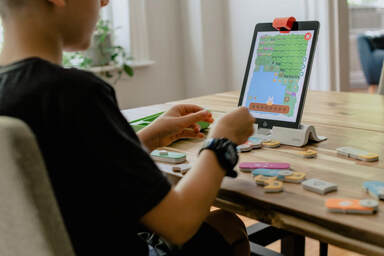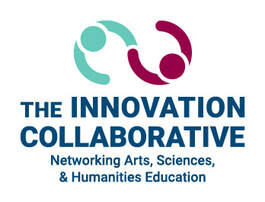 By Lucinda Presley and Tricia Shelton In this article written for Collaborative member organization, the Arts Education Partnership, authors Lucinda Presley and Tricia Shelton detail how the Collaborative and the National Science Teaching Foundation can support STEAM-based learning for remote learners in these challenging times and into the future. Since remote and hybrid learning are dominant modes of teaching for the foreseeable future, educators and students alike can benefit from STEAM learning strategies to promote engagement and learning across settings. Research suggests that STEAM (the integration of sciences, technology, engineering, the arts and math) education can help address these needs by increasing student engagement and preventing learning loss associated with remote learning. STEAM education can help develop students’ creative, social and emotional, and critical thinking skills to enable them to effectively process and navigate these unprecedented times. The transdisciplinary focus of STEAM education is also well positioned to reduce redundancy and maximize learning across the disciplines when instructional time is at a premium. The National Science Teaching Association (NSTA) and the Innovation Collaborative have developed strategies and recommendations for high-quality STEAM learning for all students, which educators can integrate into their remote learning situations. Pillars of Sensemaking NSTA recommends four “must haves”, or pillars, for this type of high-quality instruction. These four sensemaking pillars focus on the following opportunities and learning for all students:
These sensemaking pillars dovetail with successful hybrid lesson planning strategies the Innovation Collaborative found in preliminary studies that were completed with support from the National Endowment for the Arts. The following strategic steps are designed for real-world problem solving that engages and empowers students to explore important concepts:
While the future is uncertain regarding remote and hybrid learning, we are certain that STEAM education will continue to provide meaningful learning experiences for students. Enjoy seeing students thrive and grow! aep-arts.org
0 Comments
Your comment will be posted after it is approved.
Leave a Reply. |
